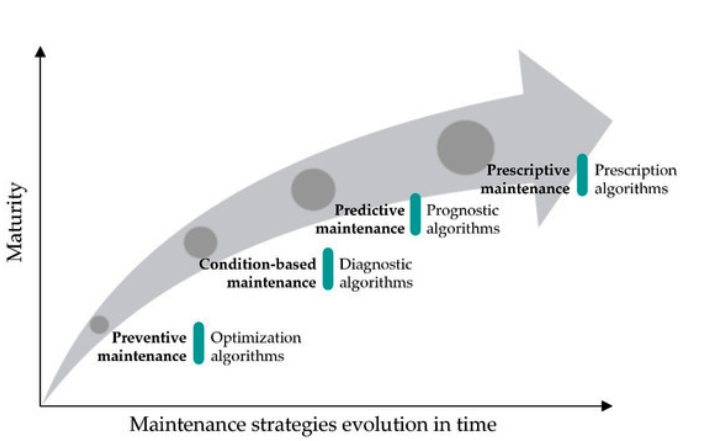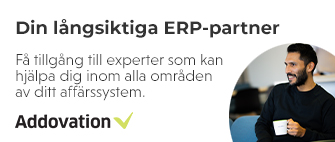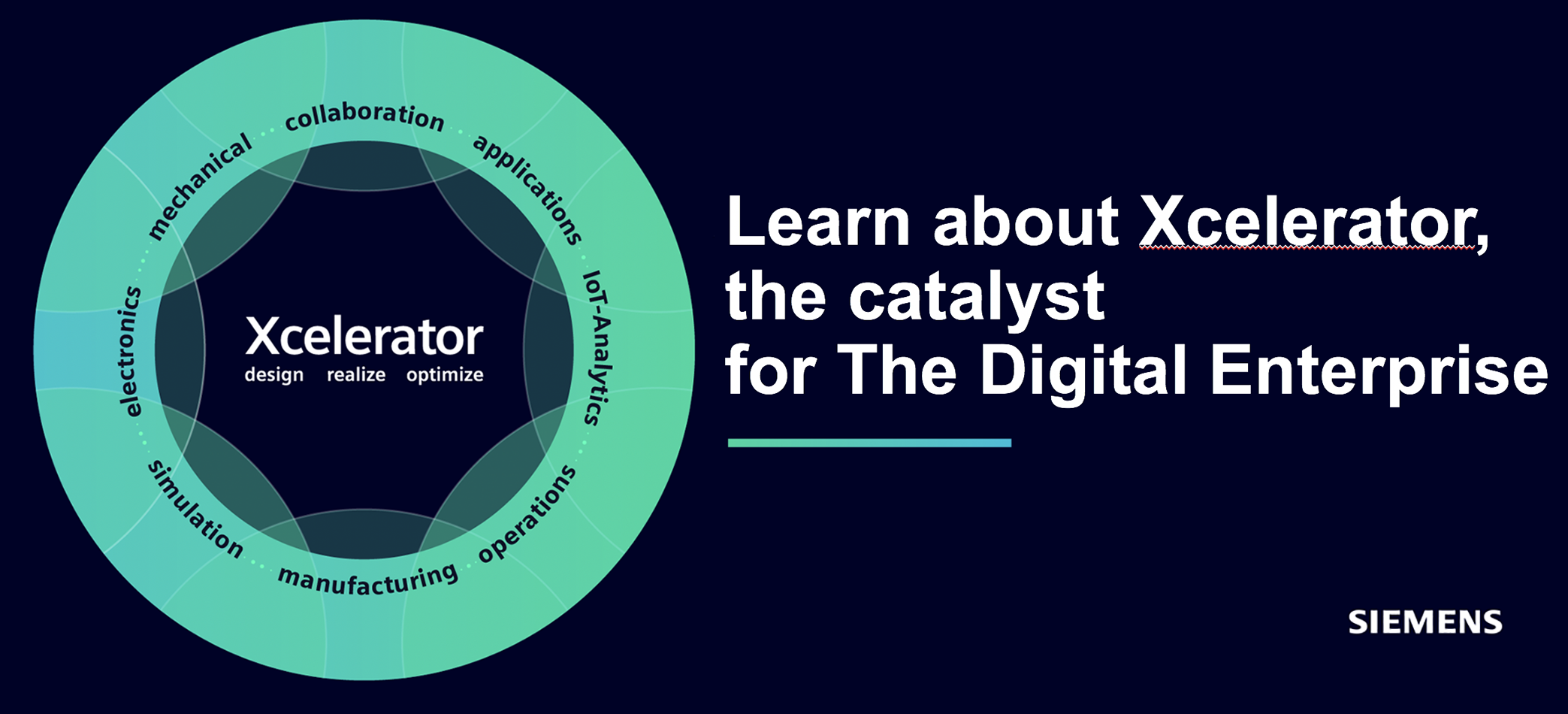Where “maintenance maturity” misses the mark
Maintenance maturity models, first introduced by Winston Ledet in 1999, have become popular for their structured approach to improving maintenance practices. They usually present maturity as a series of steps or capabilities that organisations can develop to become “better” at maintenance.

These models are particularly attractive to companies seeking a clear strategy to move beyond the constant firefighting associated with reactive, “run-to-failure” maintenance. By shifting to data-driven approaches, they often experience rapid and substantial benefits: reduced unplanned shutdowns, lower maintenance costs, improved safety, and productivity gains that allow for the redeployment of dozens of workers to more strategic tasks.
However, as organisations attempt to advance further along these models, they often face significant challenges. One of these challenges could be called “maturity myopia” – a narrow focus on technology and capabilities when other areas of improvement could have a more substantial impact. Asset management is best viewed as a “system of systems,” and dimensions such as leadership involvement, process efficiency or skills all play a crucial role in better decisions and outcomes.
The concept of “maturity” itself can become a dead-end, causing maintenance teams to pursue maturity milestones that bring limited business value. For instance, maintenance teams may focus on KPIs that demonstrate maturity – like the percentage of preventative interventions – without aligning with the strategic concerns of a CFO or CEO.
Where ISO 55000 can help
The new updates to the ISO 55000 series provide a way out of this dead-end, offering a way to move beyond the limitations of maturity models. There are four main ways asset-intensive organisations can benefit.

- Reducing complexity with practical steps: One of the key advantages of the revised ISO standards is their focus on practical, actionable steps rather than just theoretical maturity leaps. For instance, ISO 55001 includes new clauses on asset management decision-making and actions to address risks and opportunities. This approach provides organisations with a clear roadmap to optimise their asset management practices, focusing on continuous improvement rather than attempting an overnight overhaul of existing systems.
- Adopting a systematic approach that centres on business objectives: Breaking with maturity-centric strategies, the updated standards aim to ensure that organisations can achieve their strategic goals through the effective and efficient management of their assets. The new series helps develop a Strategic Asset Management Plan (SAMP) to that end and presents clearer and more specific requirements on decision-making, realising value from assets, asset management planning, addressing risks and opportunities, managing data and knowledge, and lifecycle operations.
- Encompassing the people and data dimensions of effective asset management: The two most commonly overlooked issues when adopting new technologies are people involvement and data management – two areas that the updated standards address. ISO 55012 provides guidance on enhancing people’s involvement and competence in asset management, which is crucial for ensuring that the right skills, training, and knowledge are available within an organisation. Meanwhile, ISO 55013 offers a robust framework for managing data assets, supporting decision-making processes, and ensuring compliance.
- Aligning with financial functions: The new ISO 55010 provides guidance to align financial and non-financial asset management functions – a stepping stone to ensure that maintenance speaks the language and aligns with the tools and indicators used by senior leadership.
The result is a much clearer view of impact, priorities and investments, as well as a direct understanding of how investment plans contribute to strategic corporate objectives, including ESG goals.
Building a more meaningful blueprint: ISO and Asset Performance Management
Importantly, transitioning from calendar-based and reactive maintenance practices to a comprehensive asset management approach aligned with ISO 55000 doesn’t mean starting from scratch or losing previous investments.
Asset-intensive organisations typically have a wealth of operational data stored in their Enterprise Asset Management (EAM) systems, including work history, cost, failure records or condition and process data. ISO 55000 standards, with their emphasis on informed decision-making based on comprehensive data analysis, help organisations identify the missing links that prevent them from aligning this information with organisational objectives and policies. Such missing pieces can include insights into asset risk, criticality and improvement opportunities.

Once these gaps are identified, advancements in Asset Performance Management (APM) can help bridge them. For example, an APM can be purpose-built to take relevant information (EAM work, cost, and failure history) and to generate information (asset risk, opportunity, cost, and performance). APM’s can contain an asset twin library of common industrial asset classes. These asset twins come with predefined details, such as failure modes, preventive maintenance activities, and analytics. This allows organisations to quickly set up asset protection strategies – significantly reducing the time and IT resources needed for implementation.






